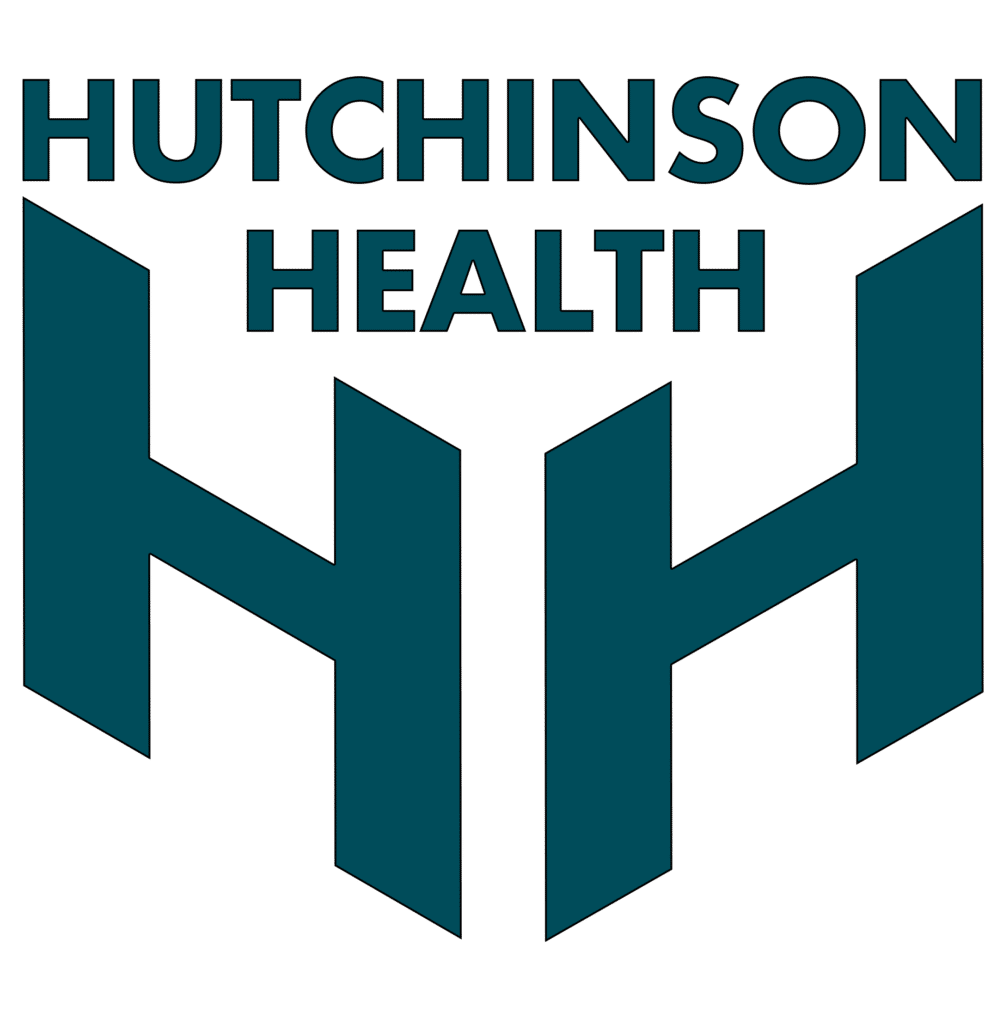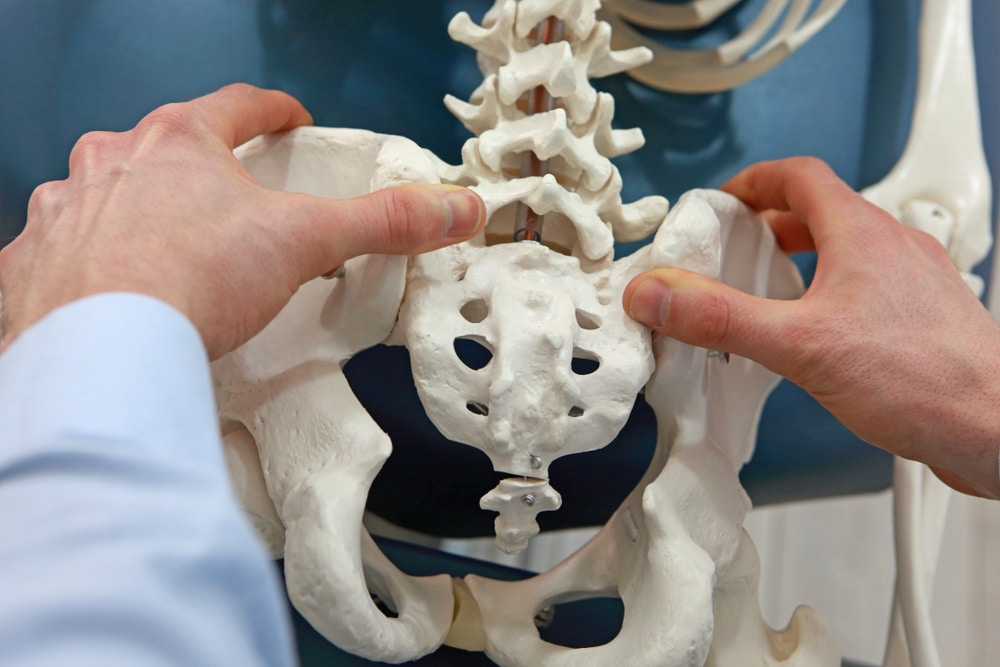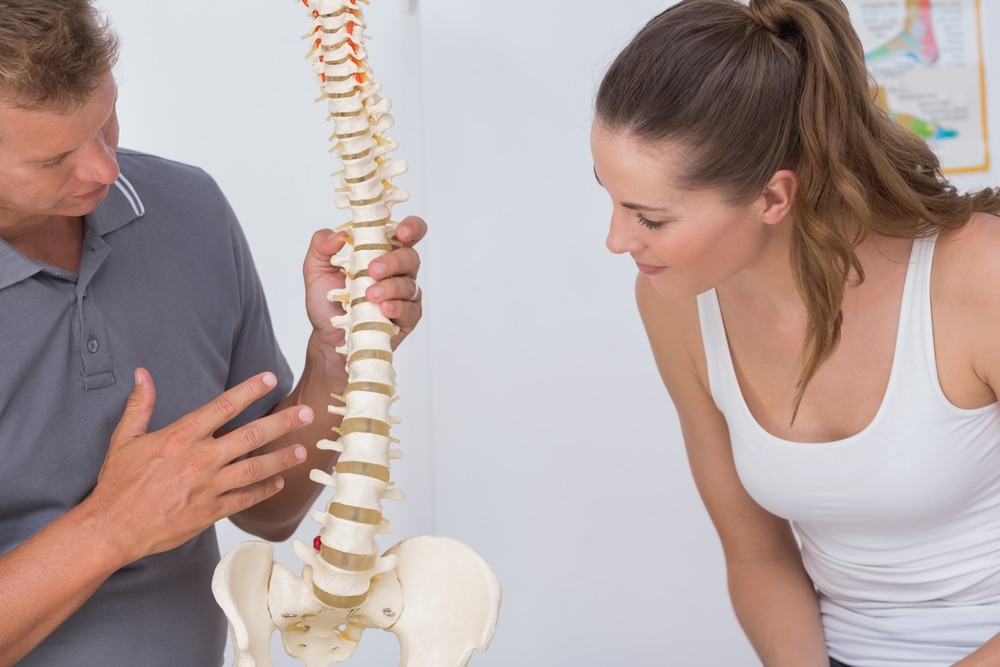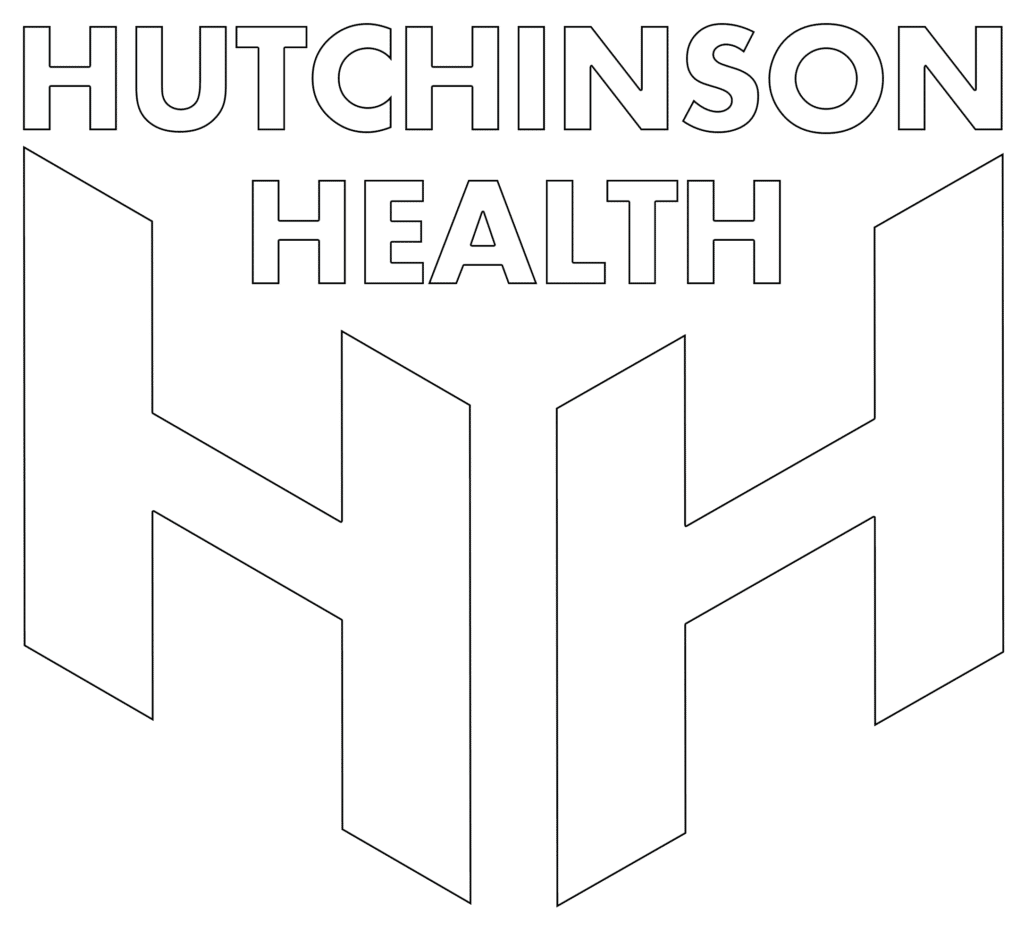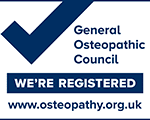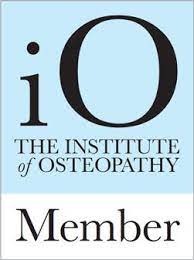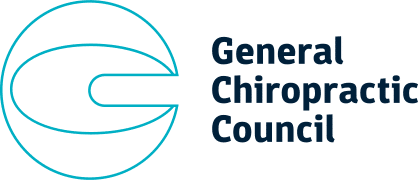Osteopathy is a form of complementary medicine rooted in the concept that all of the body’s musculoskeletal systems are interrelated.
The history of osteopathy is long, with the practice dating back more than 100 years. The founder of osteopathy was Andrew Taylor Still, who practised during the American Civil War and believed that solving the problems of the musculoskeletal system played a significant role in resolving the issues caused by many diseases in the body.
An osteopath will take a holistic view of your wellbeing, paying particular attention to the ways in which all of your body parts work together.
How do you train as an osteopath?
Osteopaths are highly qualified medical professionals who must undergo at least four years of full-time university training to become qualified. The most common route to train as an osteopath is to attend osteopathic medical school. There are nine universities offering courses for osteopathy in the UK including the British College of Osteopathic Medicine where Hutchinson Health’s Osteopath Nathan Bull studied and graduated in 2016.
The hands-on nature of osteopathic medicine means that many people are wary of osteopaths, but they are as equally qualified in the subject of musculoskeletal medicine as your local general practitioner. They have extensive knowledge in relation to the ways in which hands-on treatments are able to help correct and heal a wide variety of injuries to both the muscles and joints of the back, pelvis, and other joints such as shoulders and elbows.
What is osteopathy good for?
Osteopathy is often used for treating joint muscle pain, but it is a therapy that has a wide range of different applications, including but not limited to:
● lower back and neck pain
● sciatica pain
● headaches and migraines
● menstrual pain
● asthma
● repetitive strain injuries
● sports injuries.
Because osteopathy is a natural treatment, it aims to ease pain without the use of prescription medications or surgery, using hands-on treatments and rehabilitation to both heal and restore function. However, if your osteopath feels that they are not able to help, and possibly medication or surgery will be needed in your case, they are qualified to refer you to your GP to care for your needs.
How does osteopathy work?
The main tool of osteopathy is physical manipulation or mobilisation of the spinal and pelvic bones, alongside treatment of the muscles. Osteopathy works by stretching and massaging muscles and manipulating joints: the aim of this is to increase joint mobility and relieve muscle tension.
Is osteopathy safe? Can you visit an osteopath when you are pregnant?
Osteopathy is perfectly safe for individuals at all life stages, and gentle osteopathic techniques are even perfectly safe at all stages of pregnancy. An osteopath will assess your unique needs and create a tailored treatment plan best suited to you. Our aim at Hutchinson Health is to correctly diagnose and explain why you are experiencing your pain and provide a bespoke treatment plan that will ensure your recovery.
Finding osteopathy near me
If you’re still not sure if osteopathy is the right approach for you, then Hutchinson Health offers a Free 30-Minute Consultation, with no obligation. It is the ideal way to meet Nathan, explore our clinic, and find out more about how osteopathy treatment can help you and restore pain-free movement to your daily life.

